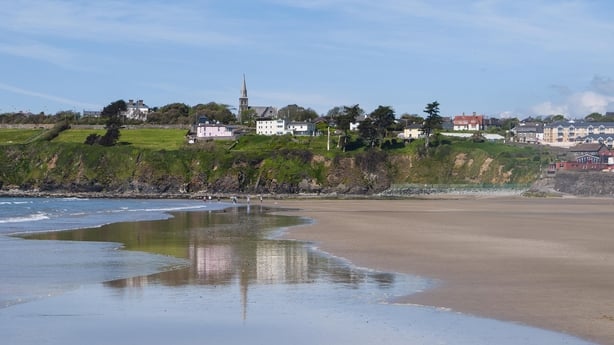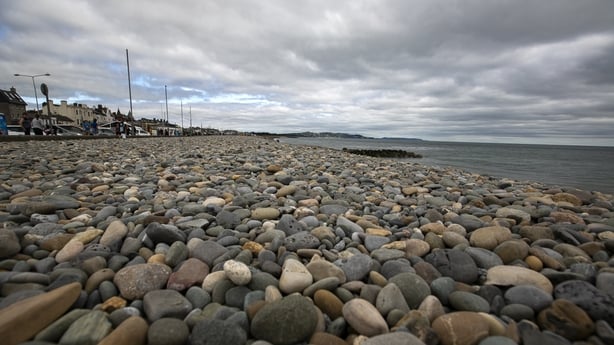Litter levels have increased in coastal areas despite the fall off in Covid-related litter such as masks, according to a new survey.
The report by Irish Business Against Litter (IBAL) showed that only eight of the 33 areas surveyed were deemed to be clean.
Beaches, harbours, rivers and their immediate environs were monitored by An Taisce in June and July.
It found that only a quarter of beaches and harbours were 'clean'.
While Tramore was again clean, many popular beaches slipped to 'moderately littered' status, among them Lahinch, Brittas Bay, Curracloe, Portmarnock, Strandhill and Clogherhead.

Bundoran was again 'littered'. By contrast, Salthill improved significantly.
"Unfortunately the improvement observed at our beaches last year seems to have reversed this time round," IBAL's Conor Horgan said.
"We had hoped that the decline in Covid-related litter might bring an improvement in overall cleanliness, added to the fact that many who staycationed last year would have travelled abroad this summer.
"Our most popular beaches are not heavily littered, but they're not as clean as they should be," he added.
Among the areas branded heavily littered were Cork Harbour at Blackrock Castle and Dublin's Grand Canal Dock and Tolka River.
The report said that Annesley Bridge in Dublin was deemed heavily littered and suffered "very high levels of casually discarded food and alcohol items", while "the river bed continues to harbour larger, long-lie items like shopping carts, scooters, clothing and traffic cones".
However, the seafront in Bray and Dún Laoghaire were praised, but Kinsale and Dingle deteriorated to 'littered' status, alongside Bantry and Lough Rea. Improved areas included Dogs Bay in Galway and Castletownbere in Cork.

While An Taisce acknowledged the work of community groups in Blackrock Castle in Cork, it said there was "evidence of land-based dumping and miscellaneous items including car tyres, construction signage, a rubber dinghy and stroller", which contributed to a 'heavily littered' rating.
The IBAL said there was a fall-off in Covid masks and gloves found, but also in alcohol-related litter which was linked to lockdown.
Coffee cups remained a significant litter item, however, present in half of the areas surveyed. The most common forms of litter found by the assessors were cigarette butts, sweet wrappers and plastic bottles.

